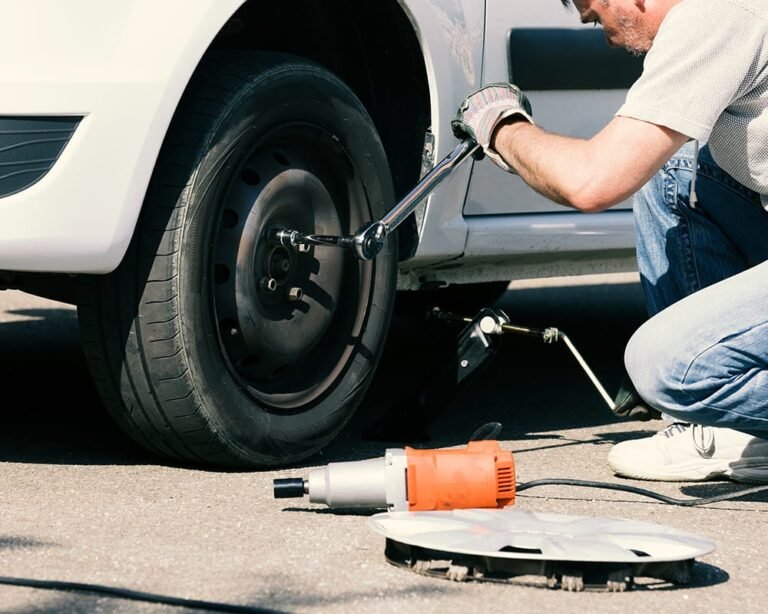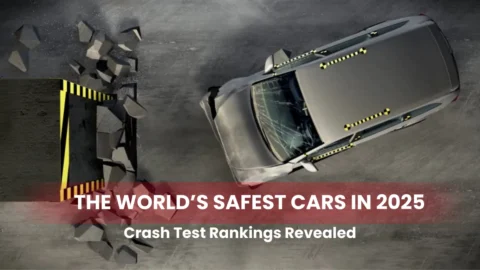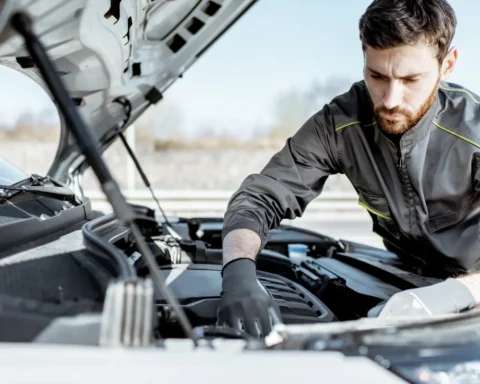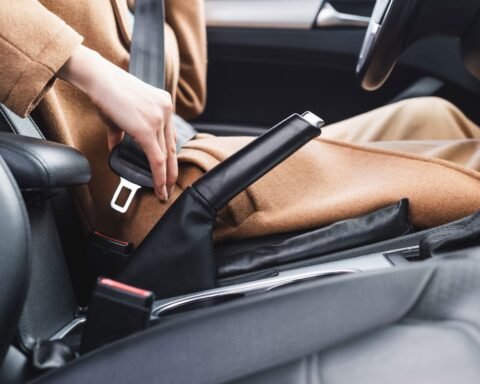A tire blowout is one of the most terrifying experiences a driver can face, especially when traveling at high speeds. It happens suddenly, often without warning, and can cause a vehicle to lose control within seconds. The key to survival is staying calm and knowing exactly how to respond in the crucial moments following the blowout.
The Immediate Signs of a Tire Blowout
Before a tire completely bursts, there are often warning signs that drivers should pay attention to. A sudden thumping noise, vibrations in the steering wheel, or a noticeable pull to one side can indicate that a tire is about to fail. Recognizing these signs early can help you prepare for a safe response.
What to Do When a Blowout Happens
If a tire bursts while driving at high speeds, the first instinct might be to slam on the brakes. However, this is the worst possible reaction. Instead, you should:
- Grip the steering wheel firmly to maintain control of the vehicle.
- Resist the urge to brake suddenly, as this can cause the car to spin out of control.
- Let off the accelerator slowly to reduce speed gradually without abrupt movements.
- Keep the vehicle as straight as possible to prevent it from veering into other lanes.
- Allow the car to slow down naturally before gently steering toward a safe area.
Regaining Control and Pulling Over Safely
Once the car has decelerated to a manageable speed, carefully guide it toward the shoulder or an emergency lane. Turn on your hazard lights to alert other drivers and ensure that your vehicle is completely off the roadway before exiting. If possible, place warning triangles or flares behind your car to increase visibility.
Preventing Tire Blowouts Before They Happen
While tire blowouts can occur unexpectedly, regular maintenance can significantly reduce the risk. Always check your tire pressure before long trips, inspect for wear and tear, and replace old or damaged tires. Avoid overloading your vehicle, as excessive weight can strain the tires and lead to failure.
Staying Safe on the Road
A tire blowout can be a frightening experience, but knowing how to handle it can make the difference between a close call and a serious accident. By staying calm, maintaining control, and taking preventative measures, you can ensure a safer driving experience for yourself and others on the road.






